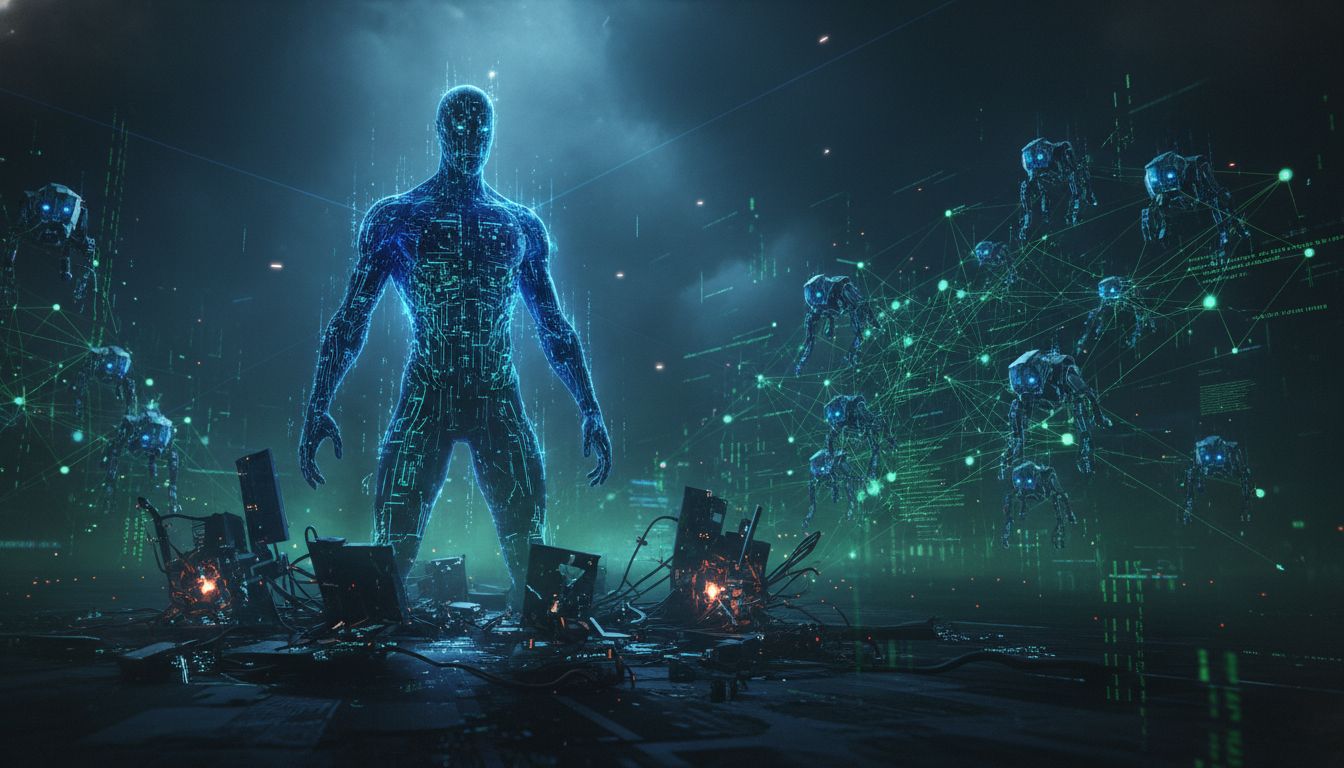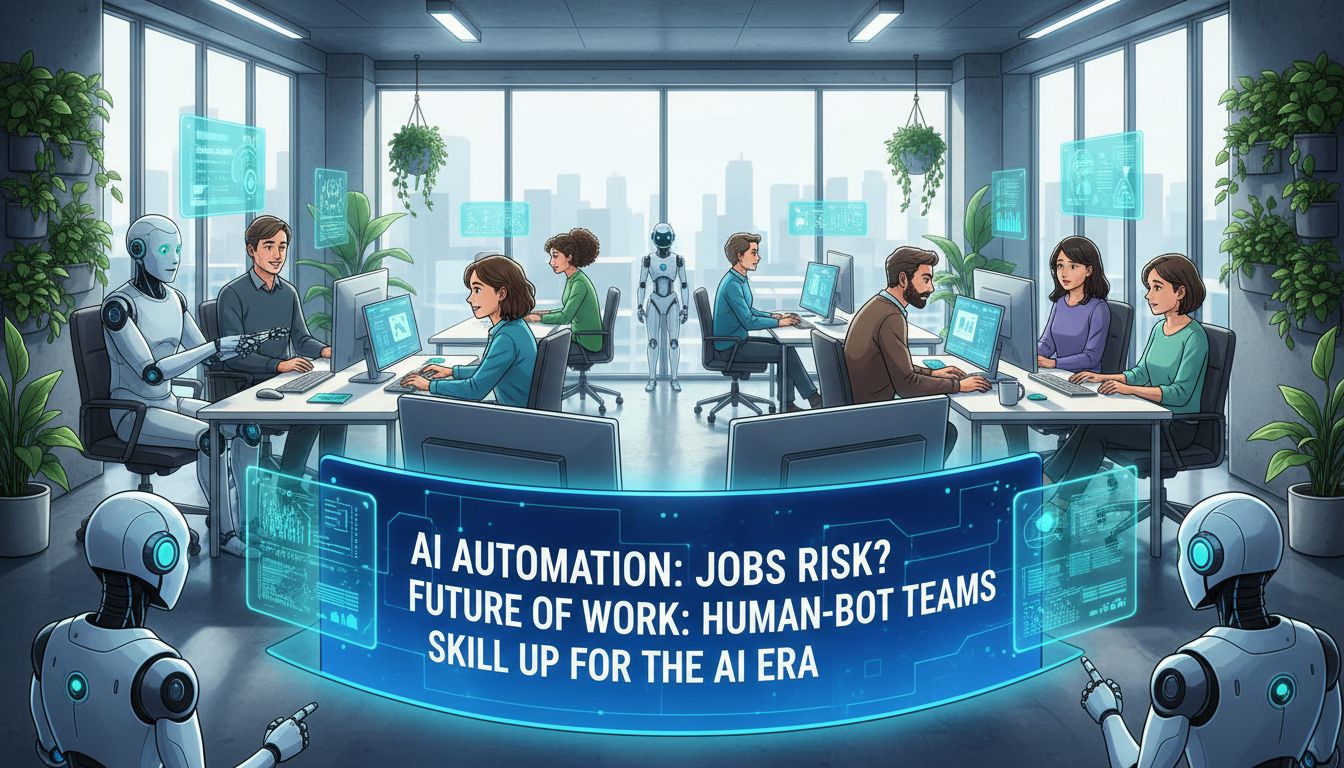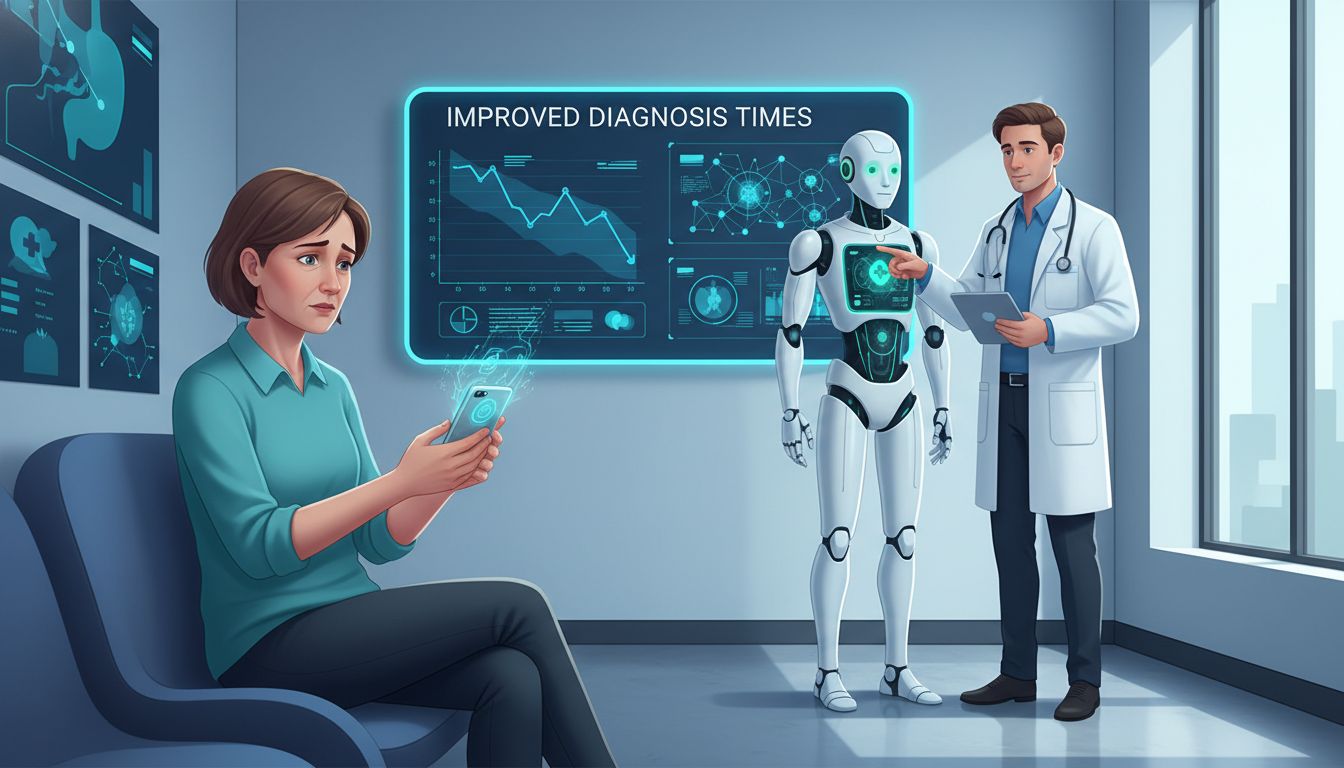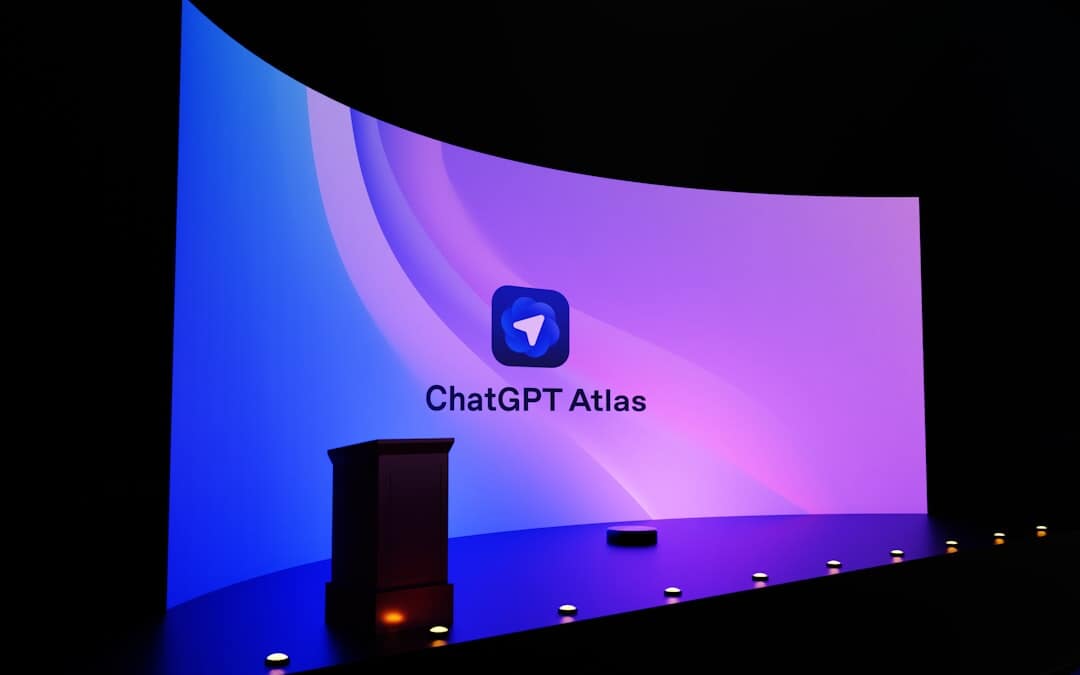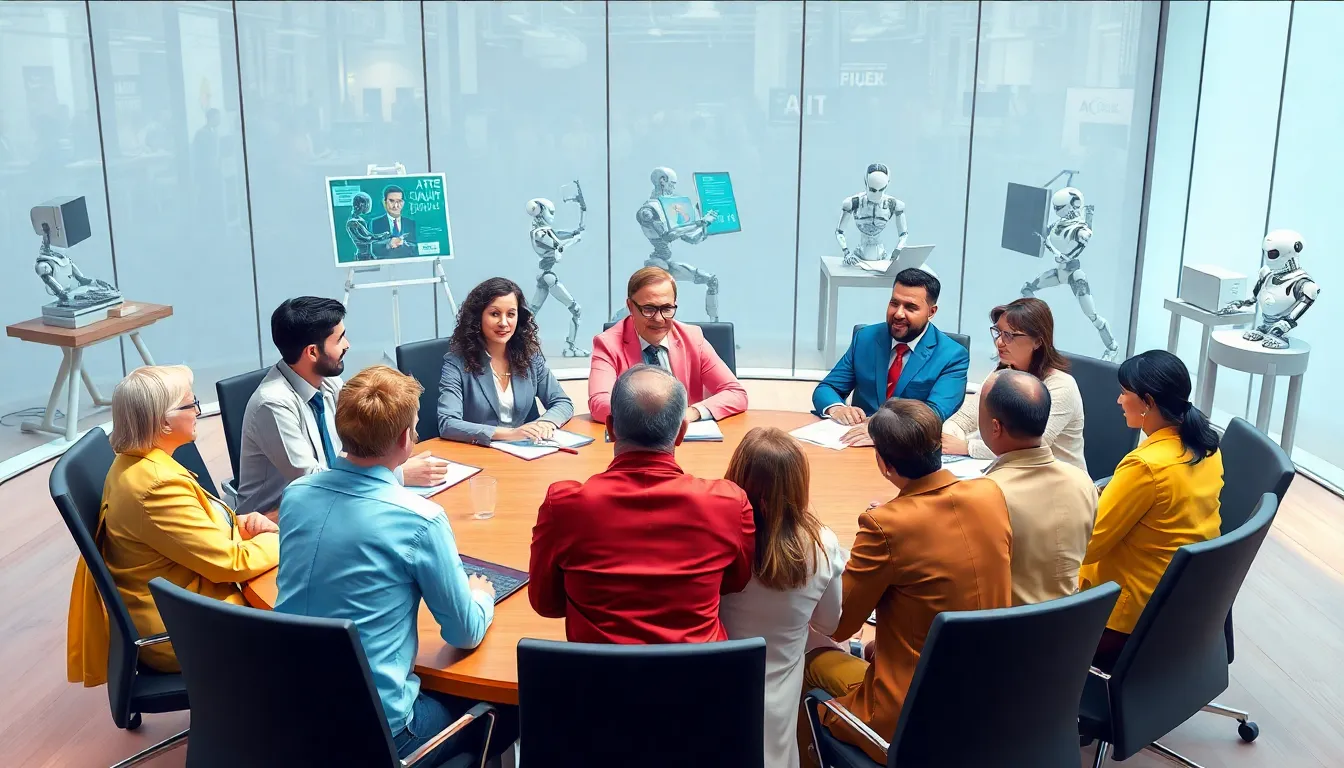- Introduction
- A Rigorous Quest for Excellence: Testing the Titans
- Google's Imagen 3: The Reigning Champion of Free Creativity
- GPT-4o: Unlocking a World of Creative Possibilities
- A Galaxy of Creative Tools: Exploring the Alternatives
- Beyond the Horizon: Emerging Trends and the Future of AI Image Generation
- The Ethical Canvas: Navigating the Responsibilities of AI Artistry
- Conclusion
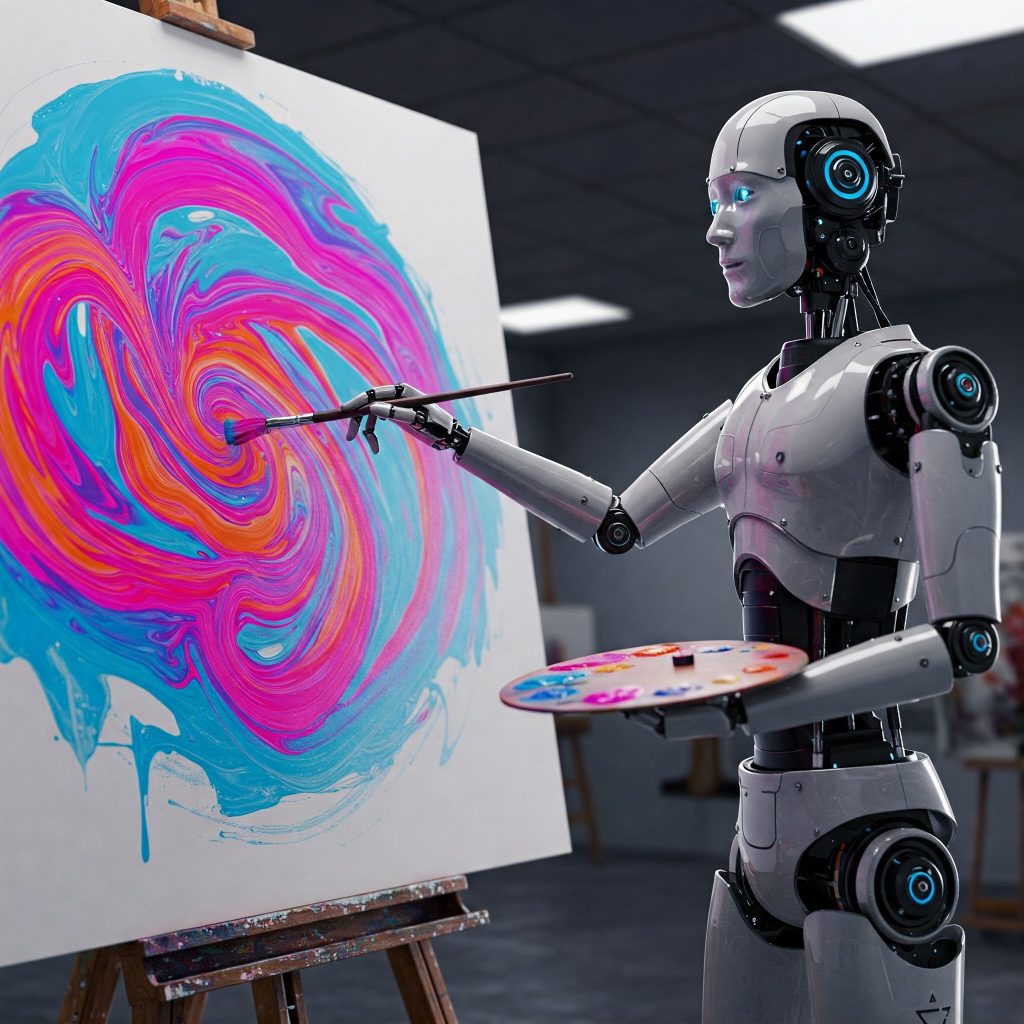
Introduction
The world of artificial intelligence has witnessed an explosion of creativity, particularly in the realm of image generation. Since 2022, AI image generators have transcended their initial limitations, evolving into sophisticated tools capable of crafting stunningly realistic and detailed visuals from simple text prompts. These aren’t just random assortments of pixels; they are gateways to new dimensions of imagination, where the boundaries of reality blur and the power of creation is placed firmly in our hands. The potential applications span across numerous industries. Imagine architects visualizing their designs instantly or marketers creating compelling ad campaigns with unprecedented speed. The possibilities are truly exhilarating, extending even to fields like medical imaging and scientific visualization, where AI can generate novel representations of complex data.
The advancements are truly remarkable. Complex prompts, which once baffled these nascent systems, are now handled with grace and precision. Human faces, with their intricate details and subtle nuances, are rendered with breathtaking realism. Text, a notoriously difficult element for AI, is now seamlessly integrated into images, opening up a universe of possibilities for design and communication. This leap forward signifies a major milestone in AI development, demonstrating the rapid progress in understanding and replicating human visual perception. Furthermore, the accessibility of these tools is democratizing creativity. Now, anyone with an idea can potentially bring it to life visually, regardless of their artistic skills or access to traditional design software. This empowers individuals to express themselves in new and exciting ways.
A Rigorous Quest for Excellence: Testing the Titans
To truly understand the capabilities of these digital artists, a comprehensive evaluation was undertaken. This involved a meticulous testing process, pushing each AI image generator to its limits. The focus was on key areas: how well they could generate text within an image, their ability to capture the essence of human characteristics, and the richness and depth of the backgrounds they created. This thorough investigation aimed to provide a clear understanding of each generator’s strengths and weaknesses across various critical parameters. The testing also explored the consistency of the results across multiple generations from the same prompt.
The methodology was designed to be thorough and objective. Each generator was presented with the same set of prompts, carefully crafted to challenge their abilities. The resulting images were then judged against a set of clearly defined criteria, ensuring a fair and unbiased comparison. This rigorous approach allowed for a clear picture to emerge, highlighting the strengths and weaknesses of each contender. The evaluation process also considered user-friendliness and the availability of support resources, recognizing that the accessibility of a tool is just as important as its technical capabilities. Factors like the intuitiveness of the interface and the quality of documentation were taken into account.
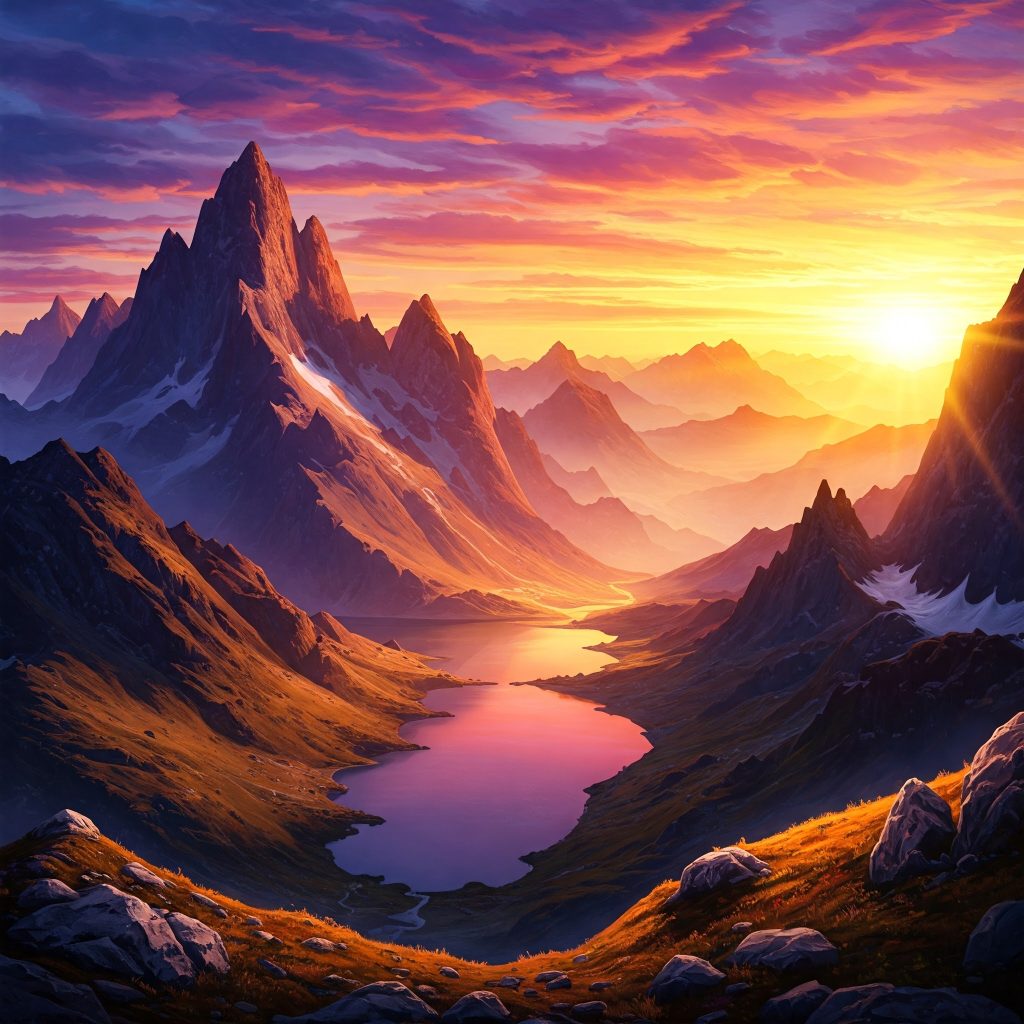
Google’s Imagen 3: The Reigning Champion of Free Creativity
Emerging as the undisputed champion in the realm of free AI image generation is Google’s Imagen 3. This remarkable tool has consistently produced results that are not only realistic but also brimming with detail. Its ability to accurately render text within images is particularly noteworthy, a feat that sets it apart from many of its competitors. This capability opens doors for creating informative visuals and designs with integrated messaging, such as social media graphics, presentations, and even simple advertisements. You can explore Google Imagen 3 further here.
Imagen 3’s prowess extends beyond mere accuracy. It is also incredibly fast, generating high-quality images in a fraction of the time it takes other generators. And, perhaps most importantly, it is free, making the power of AI image generation accessible to everyone. This combination of quality, speed, and affordability makes Imagen 3 a true game-changer, leveling the playing field for individuals and small businesses with limited budgets. This democratizing effect empowers individuals and small businesses alike to create professional-looking visuals without significant financial investment. The ease of use also contributes to its widespread appeal.
GPT-4o: Unlocking a World of Creative Possibilities
For those seeking even greater creative control and a wider range of features, OpenAI’s GPT-4o image generation model stands out as the best subscription-based option. This powerful tool excels in handling a diverse array of tasks, from generating lifelike images of people to crafting breathtaking scenery. It can even create realistic text, design eye-catching posters, and render architectural spaces with stunning accuracy. The level of detail and nuance achievable with GPT-4o is truly impressive, often capturing subtle expressions and intricate textures. Discover the potential of OpenAI’s GPT-4o here.
But the benefits of a GPT-4o subscription extend beyond image generation. Subscribers also gain access to other premium ChatGPT features, including the highly anticipated Sora video generator. This makes it a truly comprehensive creative suite, offering a wealth of tools for artists, designers, and anyone who wants to bring their visions to life. The integration of these tools streamlines creative workflows considerably, allowing users to seamlessly move between text-based ideation and visual realization. Furthermore, the ongoing development and expansion of GPT-4o promise even more advanced capabilities in the future.

A Galaxy of Creative Tools: Exploring the Alternatives
While Google’s Imagen 3 and OpenAI’s GPT-4o lead the pack, a host of other AI image generators offer unique strengths and features. Midjourney, with its artistic flair, has become a favorite among digital artists. Its distinct aesthetic appeals to those seeking a more painterly or stylized look, often producing dreamlike and evocative imagery. Explore the artistic world of Midjourney here. The platform’s focus on artistic interpretation makes it a valuable tool for creative exploration.
Adobe Firefly, backed by the creative powerhouse of Adobe, seamlessly integrates into existing workflows. This makes it a natural choice for professionals already using Adobe’s suite of applications, providing a familiar and efficient way to incorporate AI-generated visuals into their projects. Learn more about Adobe Firefly’s integration capabilities here. The emphasis on commercially safe content is a significant advantage for businesses.
Leonardo.Ai provides a wealth of tools for game developers and designers. Its focus on assets for the gaming industry makes it a valuable resource for creators in that field, offering specialized features for generating textures, characters, and environments. Discover the tools offered by Leonardo.Ai here. The platform’s community-driven approach also fosters the sharing of models and techniques.
Recraft V3 offers a unique vector-based approach. This allows for scalable graphics without loss of quality, a significant advantage for certain applications like logo design and illustration where resolution independence is crucial. Investigate Recraft V3’s vector capabilities here. This distinct capability sets it apart from many other raster-based image generators.
And Sora, Meta AI, Canva, and Generative AI by Getty Images each bring their own distinct flavor to the world of AI image generation. Sora promises to revolutionize video creation from text prompts. Learn about Sora’s potential here. Meta AI is integrating AI across its platforms, aiming to enhance user experiences with generative capabilities. Explore Meta AI’s offerings here. Canva is making AI accessible to everyday users with intuitive tools for design and content creation. Discover Canva’s AI features here. Generative AI by Getty Images focuses on commercially viable, licensed content, catering to businesses with specific legal and ethical considerations. Learn about their approach here.

Beyond the Horizon: Emerging Trends and the Future of AI Image Generation
The rapid advancements we’ve witnessed in AI image generation are just the beginning. Several exciting trends are on the horizon, promising even more powerful and versatile tools in the near future. One significant area of development is increased control over the generation process. Users can expect more granular parameters and intuitive interfaces that allow for precise manipulation of style, composition, and even the emotional tone of the generated images. This move towards greater user agency will empower creators to bring their specific visions to life with unprecedented accuracy.
Another key trend is the integration of AI image generation with other creative tools and platforms. We’ve already seen this with Adobe Firefly, and this integration is likely to become even more seamless and widespread. Imagine generating custom textures within 3D modeling software or creating unique illustrations directly within your favorite writing application. This interconnectedness will streamline workflows and unlock new creative possibilities across various disciplines. Furthermore, advancements in AI ethics and safety are becoming increasingly important, with developers focusing on mitigating biases and ensuring responsible use of these powerful technologies.
The Ethical Canvas: Navigating the Responsibilities of AI Artistry
As AI image generators become more sophisticated and integrated into our creative processes, it’s crucial to consider the ethical implications that arise. Questions surrounding copyright, ownership, and the potential displacement of human artists are important considerations. The industry is actively grappling with these issues, exploring solutions like clear labeling of AI-generated content and the development of frameworks that protect both creators and users. Open discussions and collaborations between artists, developers, and policymakers are essential to navigate this evolving landscape responsibly.
Furthermore, the potential for misuse of AI image generation technology necessitates careful consideration. The creation of deepfakes and the spread of misinformation are serious concerns that require proactive measures. Developers are working on implementing safeguards and detection mechanisms to mitigate these risks. Education and awareness among users are also paramount in fostering a responsible and ethical approach to AI-generated content. By engaging in thoughtful dialogue and developing clear guidelines, we can harness the incredible potential of AI image generation while mitigating its potential harms.

Conclusion
The landscape of AI image generation is constantly evolving, with new tools and features emerging all the time. This dynamic environment ensures that there is an AI image generator for every need and every creative vision. The possibilities are truly limitless, and the future of image creation has never looked brighter. It is an exciting time to witness this technological evolution, as AI continues to empower individuals and reshape creative industries. The ongoing research and development in this field promise even more sophisticated and user-friendly tools in the years to come.

